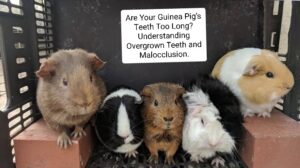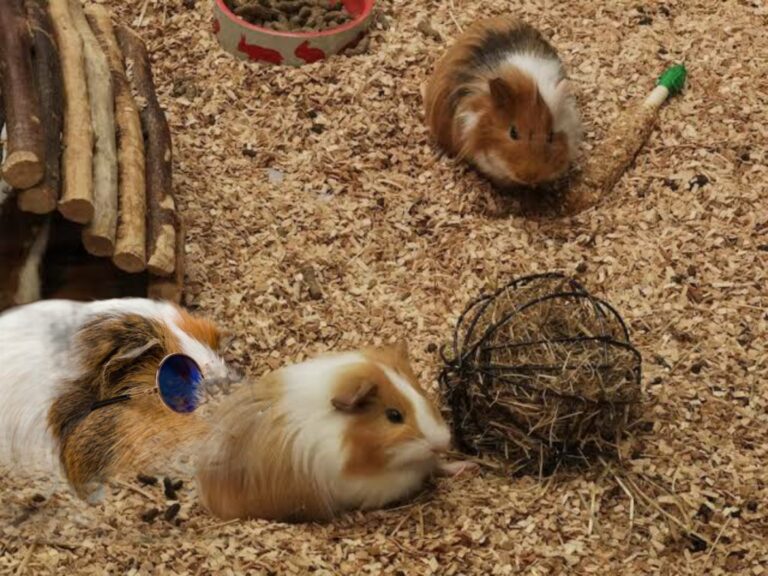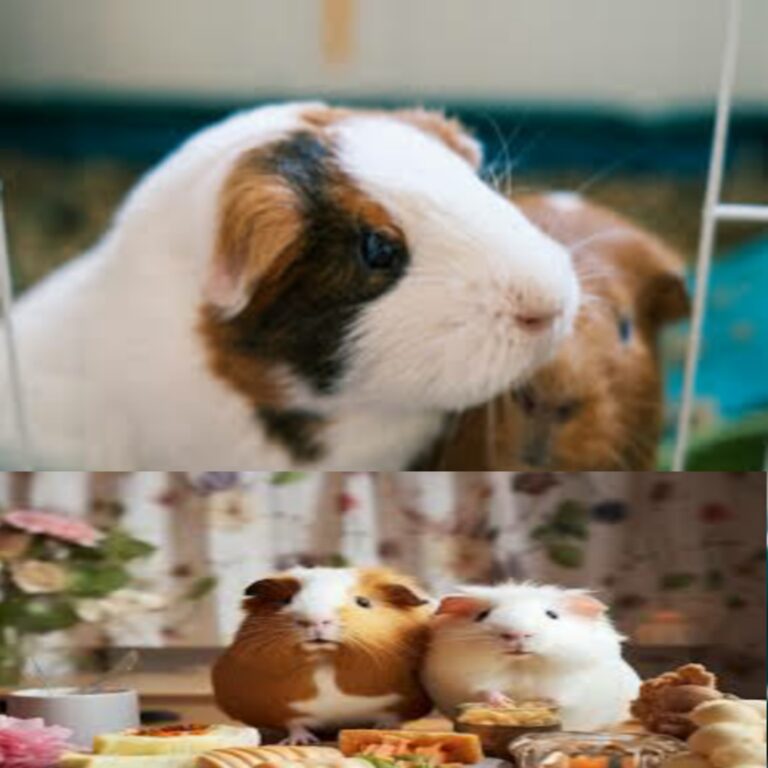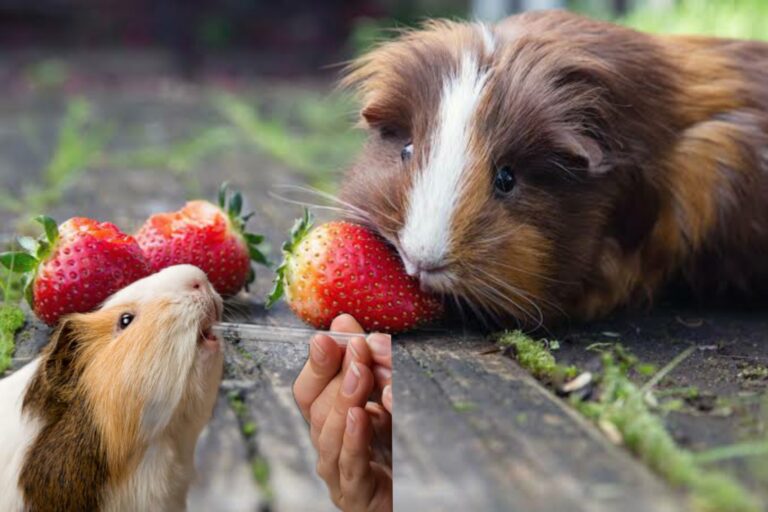
Hello, I’m Caroline from Nigeria Guinea Pig Rescue. Today, we’re going to discuss the dangers of overgrown teeth in guinea pigs and what you can do to prevent this issue. Dental hygiene is a crucial part of caring for any animal, but it is especially important for guinea pigs. Dental problems are among the most common health issues that guinea pigs face throughout their lives.
Unlike human teeth, a guinea pig’s teeth don’t stop growing once they reach a certain length. They continue to grow throughout their lives. A proper diet is essential to help keep their teeth trimmed. If guinea pigs don’t eat enough fibrous food, particularly hay, their teeth can overgrow, leading to various health problems. If left untreated, this can even be life-threatening for your guinea pig. We will discuss how to prevent overgrown teeth later in this article.
Most of the time, you will only see your guinea pig’s four front teeth, known as incisors. However, they actually have 16 other teeth hidden at the back. This includes eight back teeth on the lower jaw and eight on the upper jaw, giving guinea pigs a total of 20 teeth. The front teeth are used for cutting food, while the back teeth are responsible for grinding and chewing.
There is a gap between the front and back teeth, and their cheek pads protrude into this space, making the back teeth difficult to see without special instruments that a veterinarian uses. While most rodents have yellow teeth, guinea pigs have a protective white enamel on the front of their incisors. This enamel is not present on the back of the teeth, allowing the back teeth to sharpen like chisels.
Guinea pigs are prone to various dental diseases, including plaque build-up, bacterial infections, and abscesses. They can also experience specific problems related to the way their teeth grow. Healthy guinea pig incisors can grow at a rate of 5 to 7.5 centimeters (2 to 3 inches) each year. When aligned correctly, they should measure about 1.5 centimeters (just over half an inch) long. Since guinea pigs eat a high-fiber diet, their teeth need to grow continuously; otherwise, they would wear down to the gums very quickly.
To prevent overgrown teeth, it’s essential to ensure that your guinea pig’s teeth are worn down at the same rate they grow. Malocclusion is the term used when teeth are misaligned. This condition can lead to excessive drooling, as overgrown teeth can hinder proper chewing and swallowing.
Overgrown or misaligned teeth can result from several factors, including malnutrition or a poor diet, particularly a deficiency in vitamin C. Other causes can include a lack of opportunities to gnaw or grind down their teeth, old age, infections, trauma or injury to the teeth, or genetics.
There are steps we can take to help prevent malocclusion in our guinea pigs. However, it’s important to note that some guinea pigs are more prone to this issue than others. For example, if you’ve seen our previous posts, you might remember Mr. Jaffers, our neutered male guinea pig. We adopted him when he was about a year old, and his back teeth grow inward toward his tongue.
By understanding the importance of dental care and providing the right diet, you can help ensure your guinea pig stays healthy and happy. If you have any concerns about your guinea pig’s teeth, please consult with a veterinarian for guidance. Thank you for taking the time to learn about this important aspect of guinea pig care!



